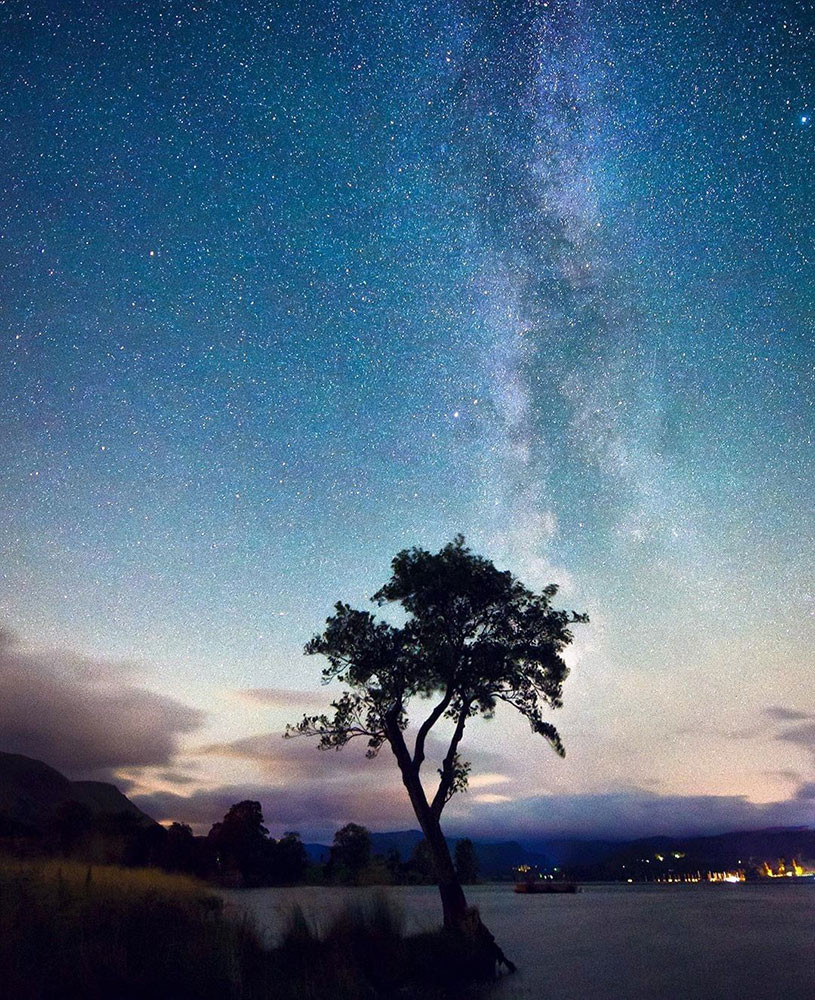The Lyrid Meteor Shower
The annual Lyrids meteor shower falls between 16 to 30 April. We’ve made a step-by-step guide to try and catch the oldest annual meteor shower recorded.

The Lyrid meteor shower
A meteor shower is when the Earth passes through the debris stream of a comet. Sometimes referred to as shooting stars, although not actually a star at all. Meteors can be as small as a grain of sand which vaporise in the Earth’s atmosphere when it speeds up to 134,000mph.
If the weather conditions are right and the moon isn’t too bright, it is possible to see some amazing shooting stars. This is your chance to watch up to 18 meteors per hour. The Lyrid meteors can, at times, be the brightest object in the sky other than the moon.
The Lyrid shower happens when the Earth passes through the dust left from Comet Thatcher which makes an orbit of the sun every 415 years. The comet dust is travelling at 110,000mph and disintegrates in the atmosphere appearing as streaks of light. Comet Thatcher isn’t expected to return to our solar system until 2276.
Step-by-step guide to viewing the Lyrid shower
Find the blue-white star, Vega (the brightest star in the constellation Lyra, the Harp). There are plenty of free stargazing apps, but we downloaded SkyView, which allows you to use your phone to locate the star.
Try to watch away from city lights, but if you can’t step into the shadows to shield your view from as much light as possible. Give your eyes about 15 minutes to adjust to the dark.
You can expect to see 10 to 20 meteors per hour at the peak.
The best time to catch them is before Vega sets at 5.30am.
Lyrids can have surges, with up to 100 meteors per hour.
If you miss this event, there are other meteor showers throughout the year. Find out more.
Find out more about how you can stargaze at Another Place, The Lake and the Dark Sky Discovery Sites close by.